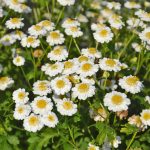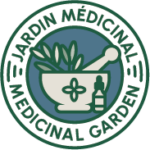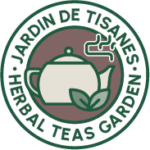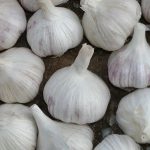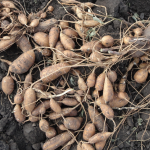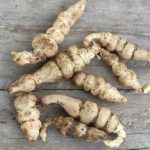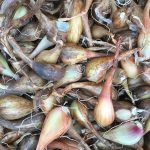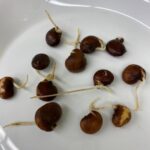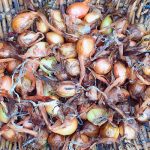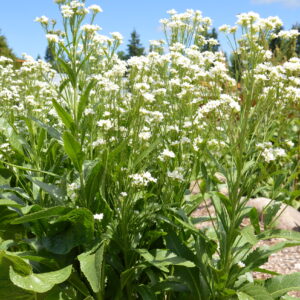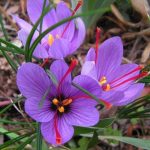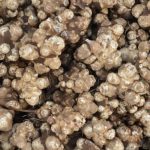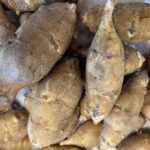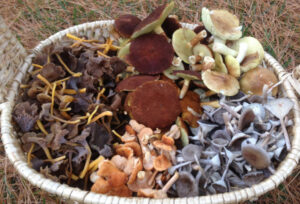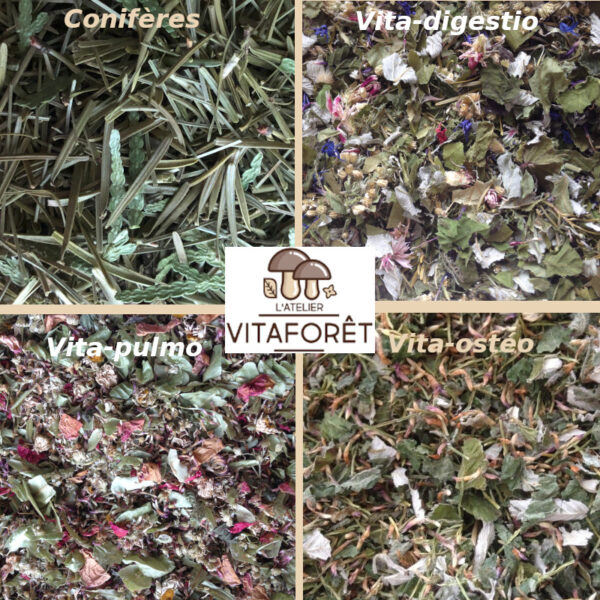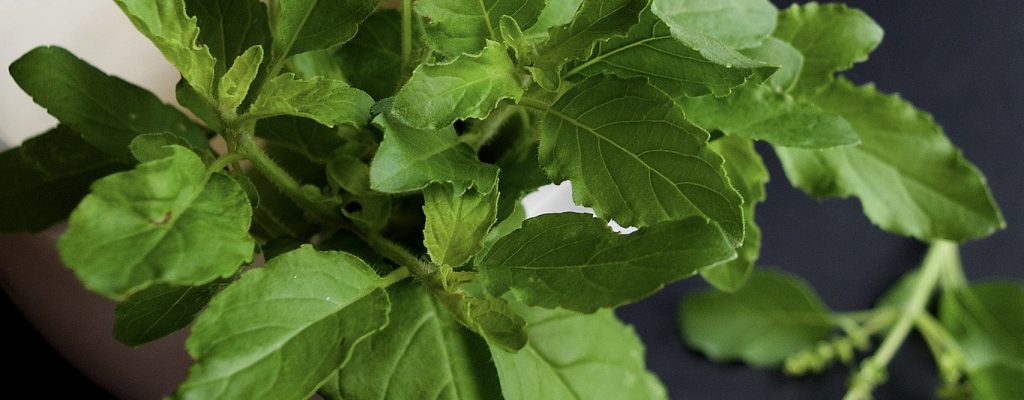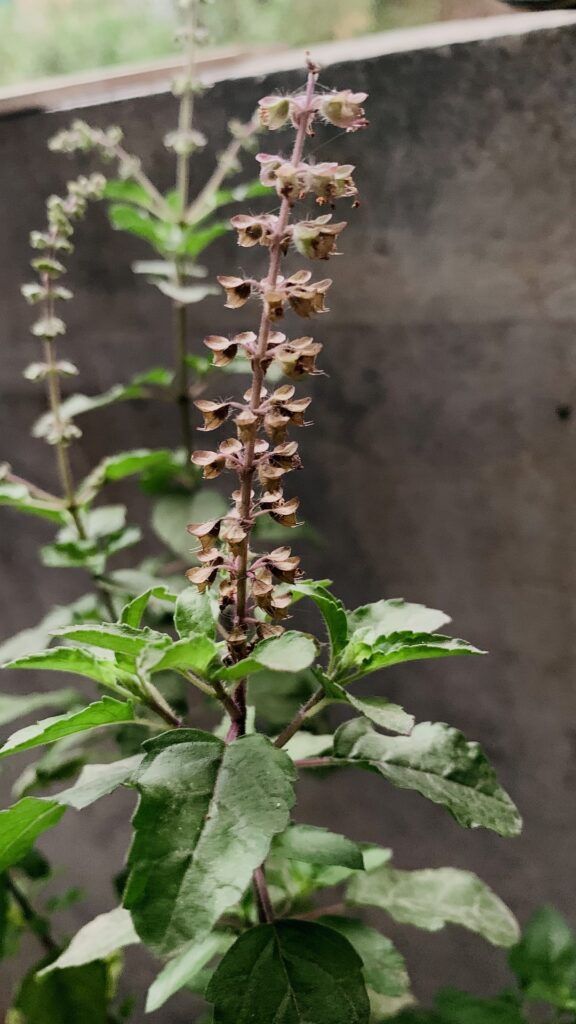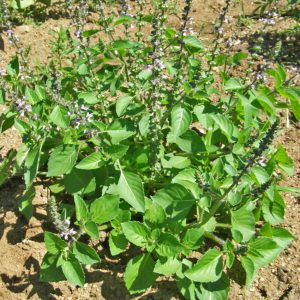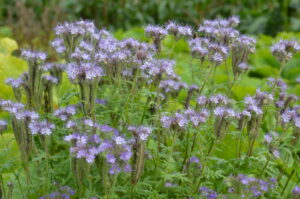History of simple…”Not simple” they say in Lac-Saint-Jean, but “simple” is the medieval name for a plant cultivated since time immemorial.
The name “simple” was given to plants which simply constituted a remedy in themselves, because they did not require apothecary work.
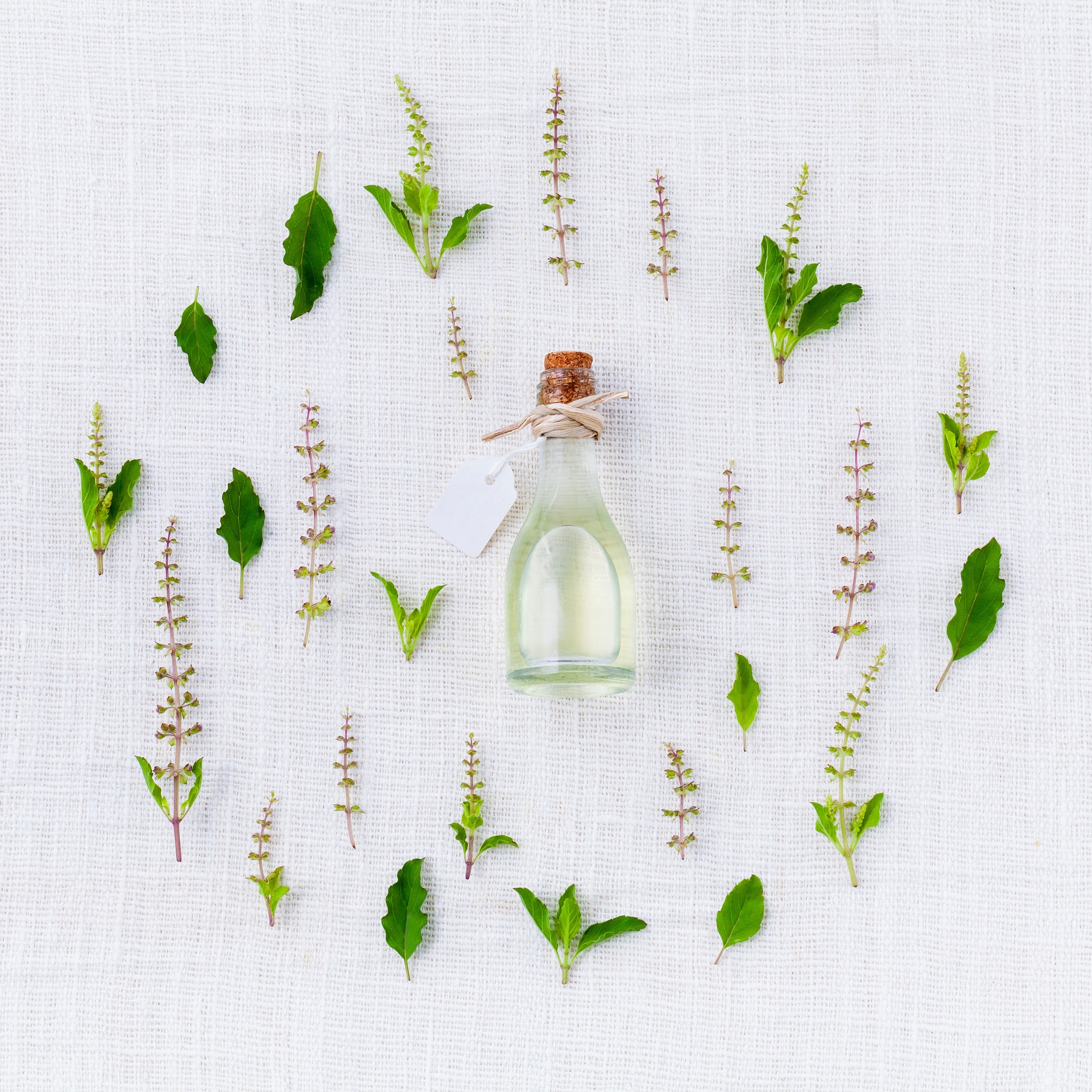
Also, we found in all medieval monasteries - but also many castles and estates - a garden of herbs where sage, yarrow, rue, lily, comfrey, mugwort, mullein, St. John's wort, marshmallow, angelica, verbena, lemon balm, lungwort , and several others, served as a pharmacy!
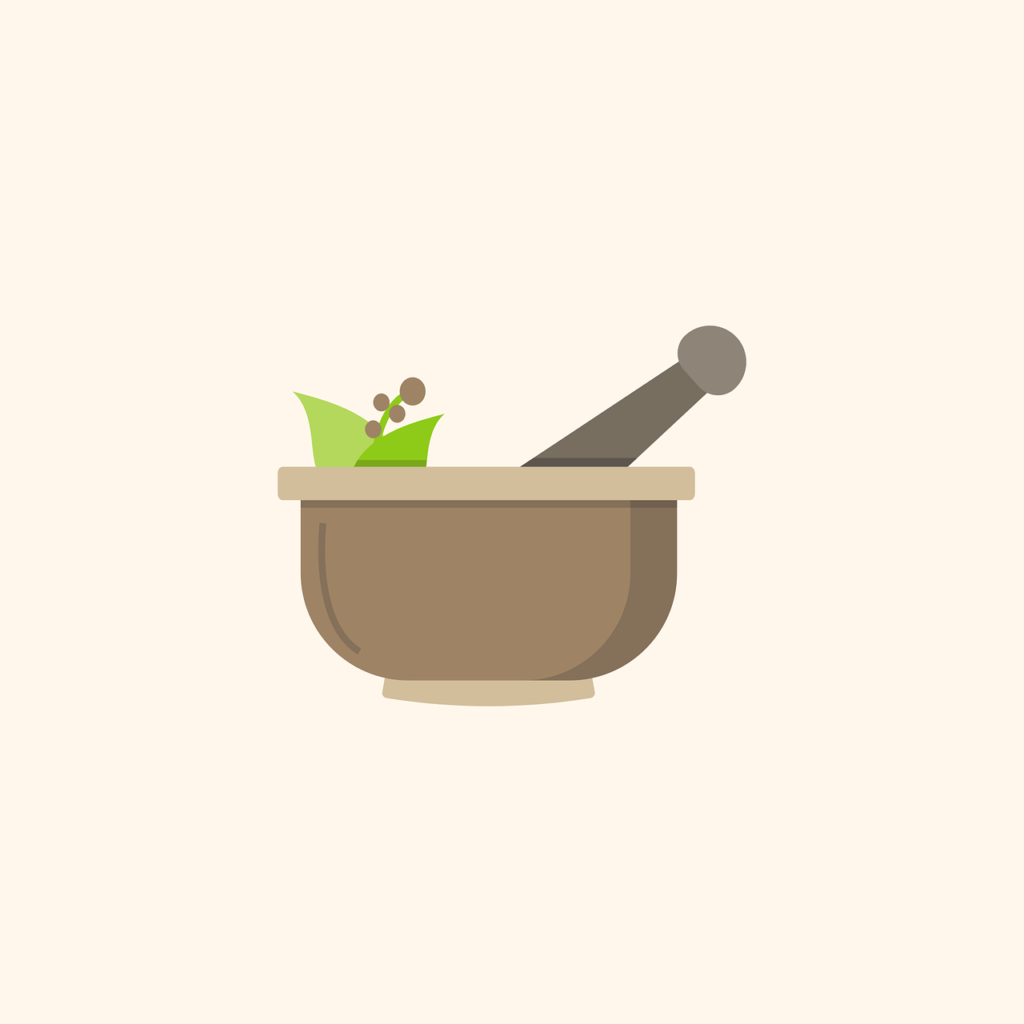
Holy basil occupies a place of choice in Ayurveda, this ancient medicine originating from India built on 3 objectives;
- maintaining the health,
- la healing illnesses; And
- la achievement self.
It is therefore not by chance that he reigns supreme in the vegetable garden of all Indian homes for a long time.
called tulsi, tulasi ou surasah in Sanskrit, this shrubby plant can reach 1 m in height in its natural habitat. It generally grows to a more modest height of 30-50 cm in our gardens.

Very widespread in tropical regions around the world as a cultivated plant, but also naturalized, holy basil has been the subject of research using chloroplast genomes to find its place of origin. Experts' verdict; THE north central India.
Its spread is not new since it is found in the culture of many peoples, before the Christian era.
A cure for many ills
Used most often in infusion or tea, holy basil leaves in powder form also serve as a condiment or even a spice. They contain several highly volatile oils the main one of which is eugenol, but to benefit from it, you must consume the fresh leaf within a few hours of harvest.
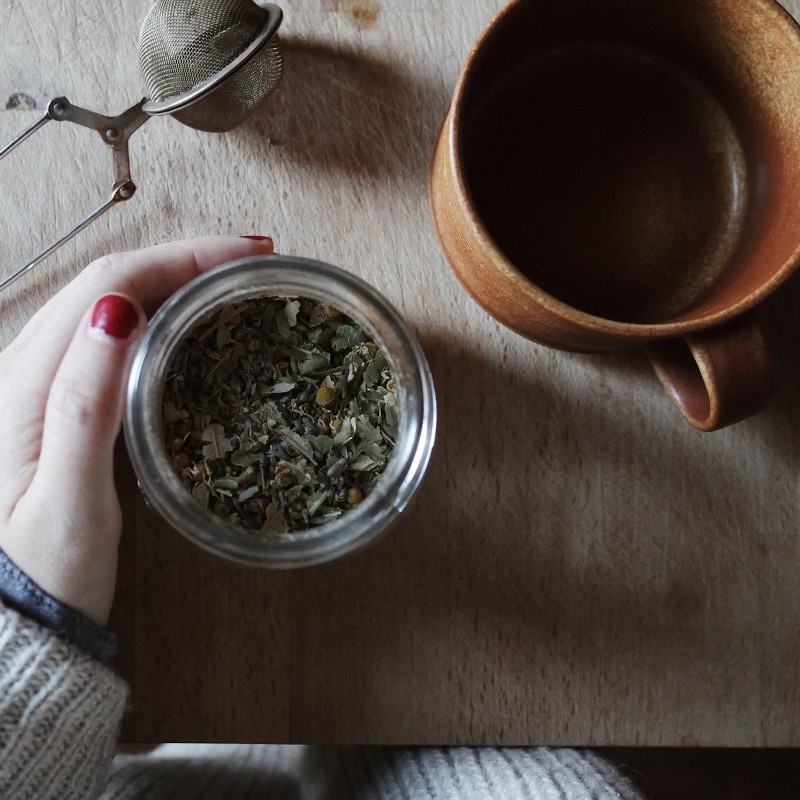
- In its dried forms, in tea or powder, these precious oils are lost, but many virtues of the plant remain, fortunately!
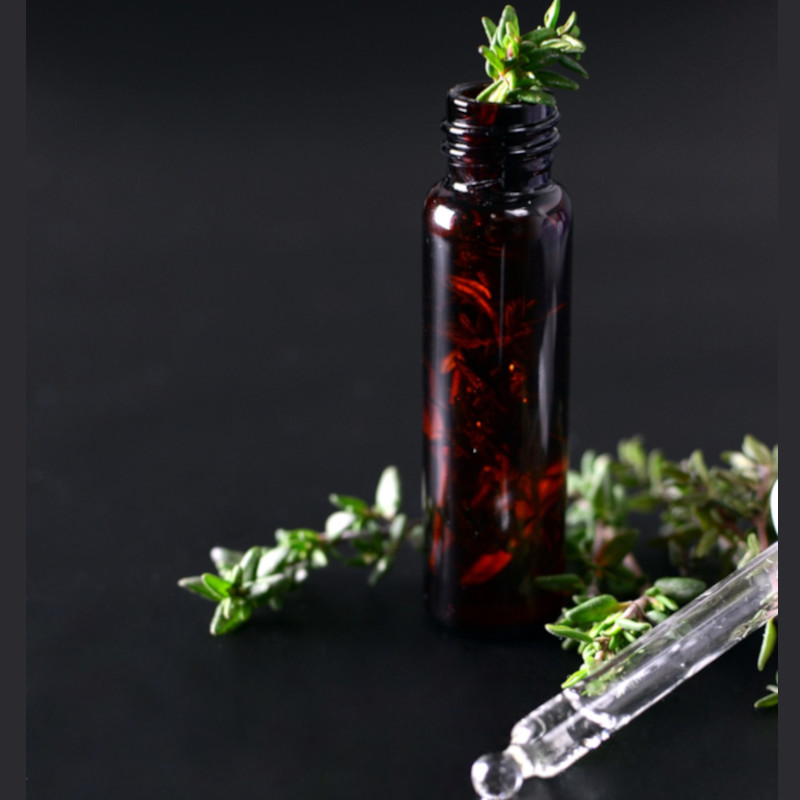
Only theEssential oil of holy basil would have all the botanical constituents of the fresh plant.
- This oil is renowned for its properties antibacterial, antifungals et Antivirals, as well as for its effect larvicide against insects.
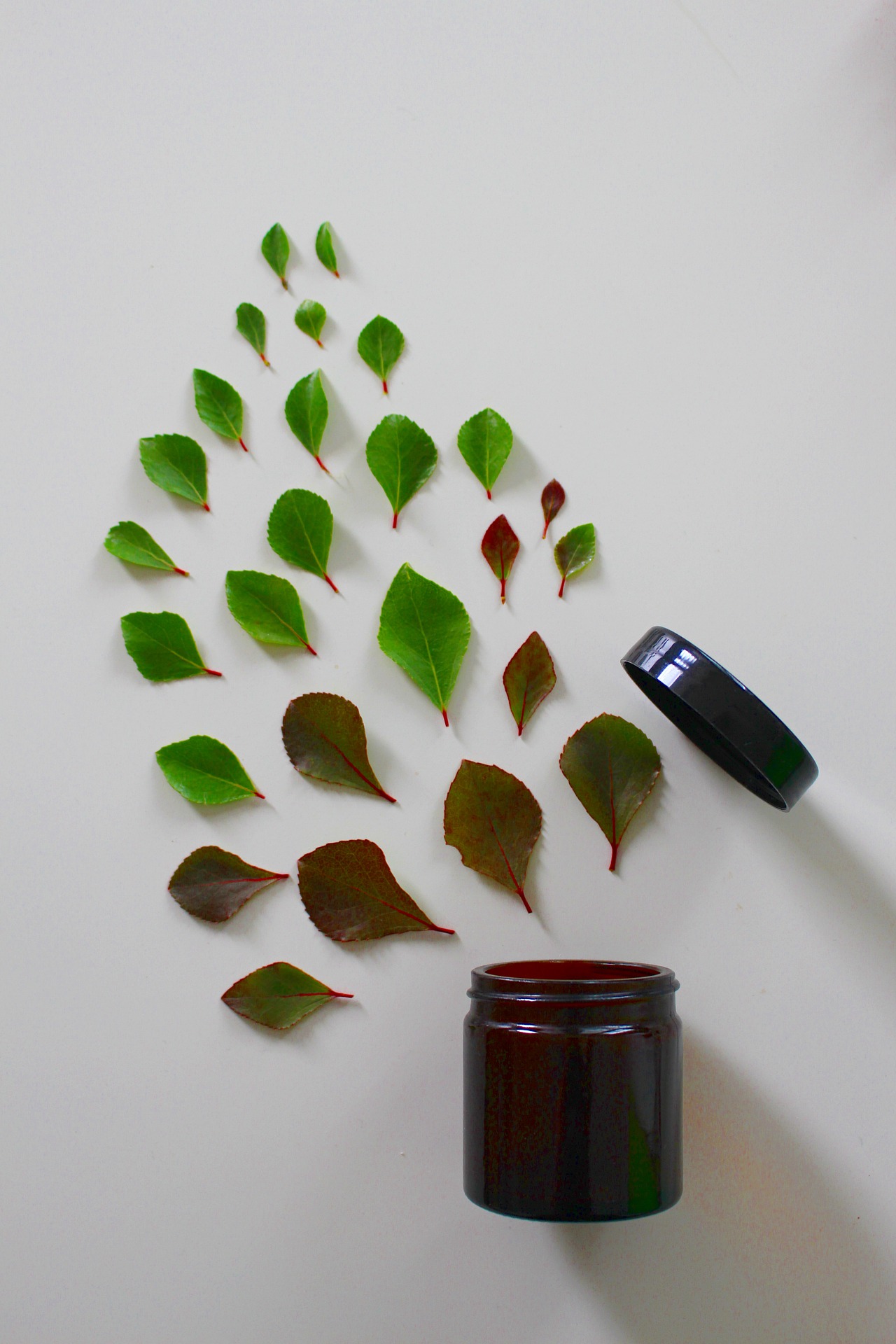
multiple decoctions use the leaves or roots of holy basil to combat various metabolic diseases, immune et respiratory.
- Personalized protective effects of the plant on the liver, heart and blood have been demonstrated.
THEeugenol, a volatile oil present in quantity in the foliage, has antiseptic and analgesic properties.
- According to recent studies, it acts on the immune, cardiovascular, reproductive, gastric, urinary and central nervous systems.
Another active compound in holy basil isursolic acid whose anabolic effects have been the subject of studies in recent years. According to these studies, a reduction in muscle atrophy was observed in rats.
- Commonly used in the cosmetic industry, this acid is said to improve the dermis health with interesting results for treating acne. It also has effects on pathways intestinal et respiratory.
THEapigenin is also found in holy basil. This chemical compound has properties anti-inflammatory.
- A recent study conducted by Ohio University reportedly demonstrated that it breaks the immortal nature of cancer cells by making them prone to the process of cell death.
Finally, the luteolin has properties antioxidant et anti-inflammatory recognized.
- It contributes to regulate the immune system and helps metabolize carbohydrates.
It is said that Indians who are employed stressful chew up to a dozen leaves per day.
- Indeed, holy basil produces powerful adaptogenic effects and helps to maintain a level normal cortisol, the hormone associated with stress.
Because the plant has a normalizing effect on blood glucose levels, blood pressure and lipid levels, it helps treat diabetes and the problems hyper or hypotension.
- Regular consumption of holy basil would prevent even the heart attack.
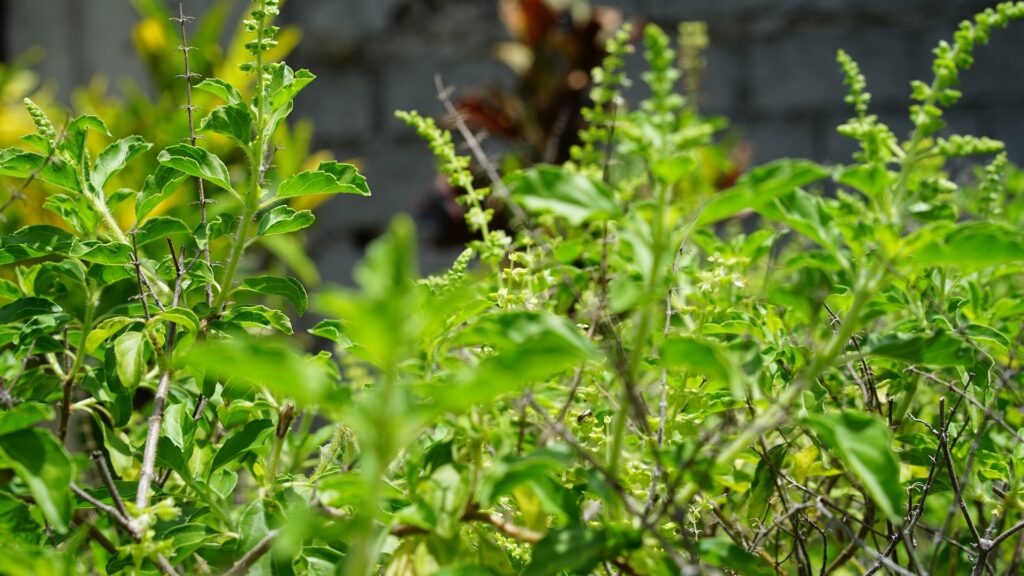
Did you know that…
- The plant is rich in vitamins C and A, calcium, zinc and iron.
- The Sanskrit name “tulsi” means “ incomparable ».
- In India, the use of tulsi could possibly date back almost 5000 years before our era.
- Hindus have long believed that holy basil was theincarnation on Earth of Tulasi (goddess of devotion), Lakshmi (goddess of fortune and abundance) or Vishnu (preservative god of the universe).
- Still in India, a Party of 3 days called Tulsi Vivaha celebrates the marriage of sacred basil to Krishna, represented by sacred cow dung. This festival which takes place before the full moon in November inaugurates the wedding season.
- Very popular in Thailand where it is known as kaphrao, it should not be confused with Thai basil called horapha.
- For centuries, dry leaves of tulsi are mixed with the grains to keep insects away during storage. In Sri Lanka, they are used as mosquito repellent.
- The Egyptians used it during the process of mummification for its antibacterial and preservative properties.
- A special treatment of holy basil is said to have an effect on the fertility by reducing sperm count, mobility and velocity. By stopping treatment, everything returns to normal two weeks later. Oddly enough, it was the symbol of fertility in ancient Greece!
- Holy basil helps rebuild individuals who suffer from physical and moral exhaustion by feeding them.
- It also helps reduce symptoms of hay fever and allergic asthma, if taken daily for several weeks.
- Le tulsi acts on the digestion reducing fermentation and gas and relieving intestinal cramps.


